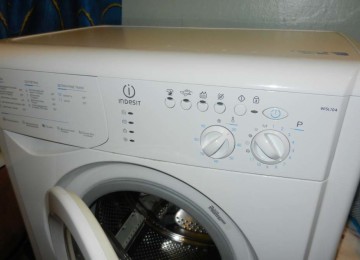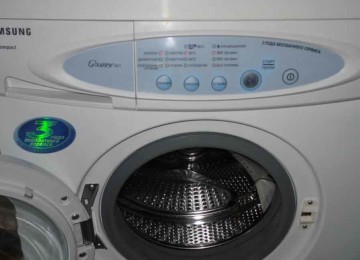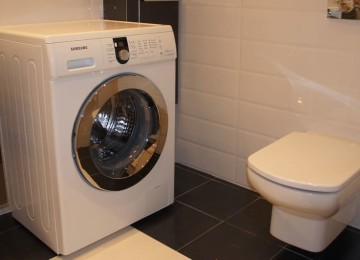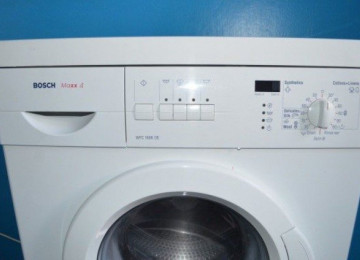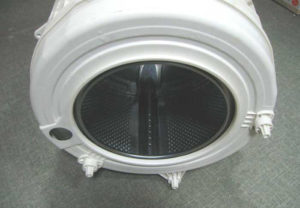 When choosing a unit for washing clothes, any consumer is attentive and scrupulous. In most cases, the guideline is based on the model brand, functionality, warranty period, etc. What else do you need to know to make the right choice? Naturally, what materials are the main components made of? For example, the material of the washing machine tank is important.
When choosing a unit for washing clothes, any consumer is attentive and scrupulous. In most cases, the guideline is based on the model brand, functionality, warranty period, etc. What else do you need to know to make the right choice? Naturally, what materials are the main components made of? For example, the material of the washing machine tank is important.
Purpose and design of the tank
This is the main element of the washing machine. Often the breakdown of such equipment is associated with it. It happens that there is a foreign object in the tank that makes unpleasant sounds during rotation. It happens that such an object causes the drum to jam, or it causes cracks to appear in the tank.
The method of fixing the tank is similar in different machines. To create movable fastenings, shock-absorbing devices and springs are used.
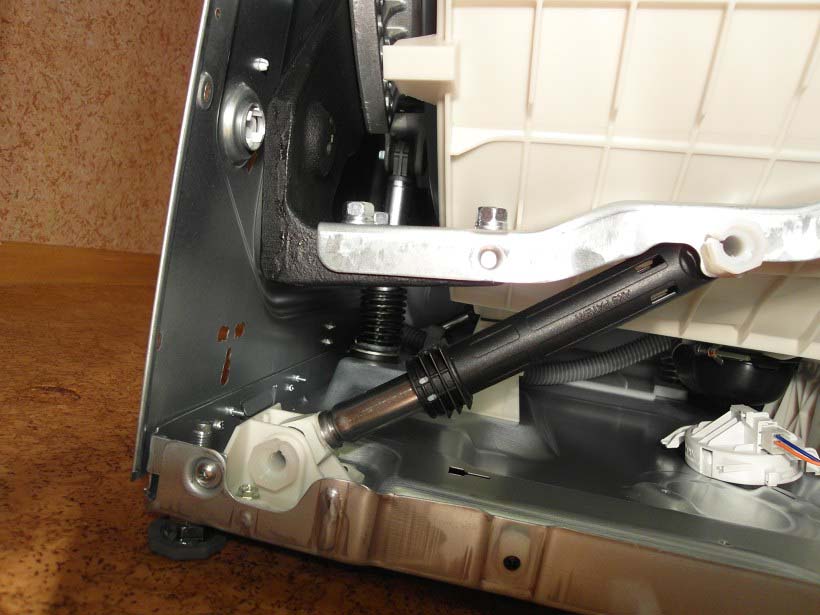
Washing machine shock absorber
To reduce vibration, counterweight elements in the form of weighted concrete blocks are used.
The laundry drum of the washing machine together with the tank constitute a kind of automatic “abdominal cavity”:
- the drum receives the laundry to be washed;
- The tank is filled with water containing detergents.Liquid gets onto the laundry through perforation holes.
The drum of a washing machine is always made of stainless metal material. Its side surfaces are perforated, and the same holes may be present on the back wall. And various materials can be used to make the tank itself.
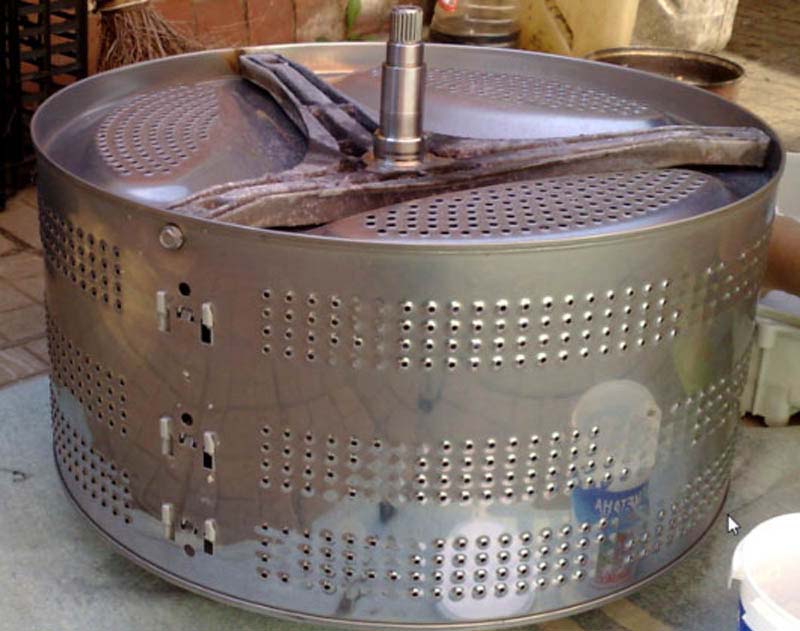
Washing machine drum
Until recently, washing machines were made with an enameled steel tank. But the operating period of such a machine did not differ in length; with small cracks in the enamel coating, corrosion began to form.
Because of this, most manufacturers of household appliances abandoned such unreliable raw materials and began manufacturing tanks from plastic and stainless metal. Today, the material of the washing machine tank varies. Its strength and durability are the key to good operation of the machine, as it experiences significant loads and temperature changes.
What material is the tank made of?
Further in the article we will consider all known options.
Plastic
Each company has its own secrets and uses plastic raw materials with certain characteristics. For example, carborane is reminiscent of stainless steel material in its durability, strength and reliability. And the thermal insulation and vibration reduction properties are even superior to stainless steel.
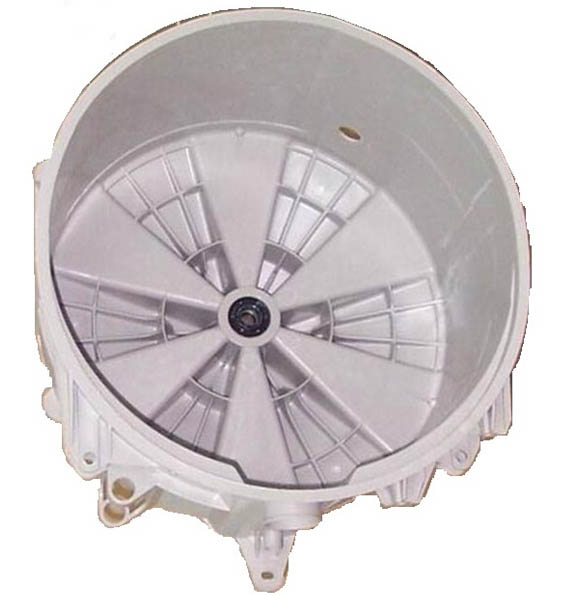
The most commonly used polymers are carborane, carbotec, carferon, silitek, and polynox. They all have one common feature in common - the main component is considered to be a special polypropylene material containing calcium carbide.This additive significantly increases the strength of the plastic and makes it resistant to detergents used in washing. The quality of the tank itself changes depending on the amount of special additives in the plastic.
The main advantages of raw materials include:
- resistance to corrosion;
- high strength indicators;
- moderate weight;
- the material is not exposed to moisture;
- the noise level decreases during element rotation;
- electrical energy is saved;
- resistance to aggression of chemical compounds.
There are many positive qualities, but you should know that household products with plastic tanks fail more often and are of little use for mechanical stress.
It is fair to note that the development of plastic raw materials does not stand still, and each manufacturer adds its own “zest” to such raw materials, which allows improving strength and reliability. In addition, the raw materials are considered cheap, which affects the overall cost of the washing machine.
In addition to the positive characteristics, there are also negative aspects. It has already been noted that companies are trying in every way to improve plastic tanks. But the material still remains brittle and susceptible to splitting, which is its main weak point.
If transportation rules are violated or the bolts securing the drum are left behind, the container may be damaged. After this, the machine will no longer be able to be used. You will have to purchase a new unit or look for a similar replacement tank.
With good quality plastic raw materials and compliance with operating rules, the tank will last from twenty to twenty-five years.
Stainless steel
This high-quality metal is considered traditional and is very popular as a raw material for tanks. It will be enough to remember the old models of washing mashines that are still found in garages and sheds. The unit has long lost its functionality, but the stainless steel tank continues to maintain excellent external characteristics. And a long operational period is not considered the only advantage of such raw materials.
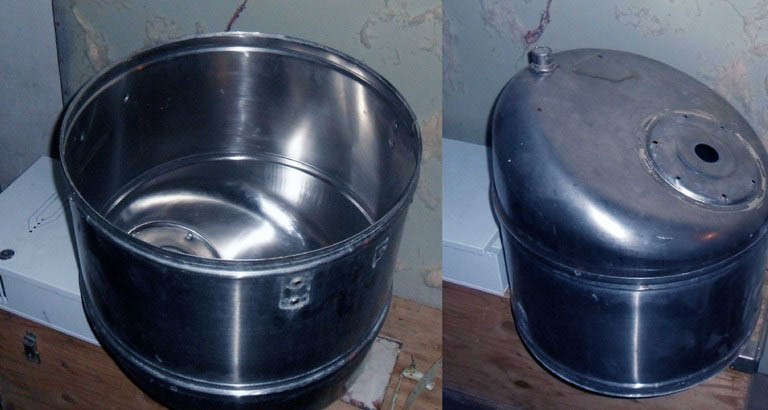
Positive points include:
- strength and resistance to mechanical damage;
- excellent resistance to high temperatures and chemicals;
- complete absence of mold and mildew from wet conditions, minimal opportunities for the development of harmful microorganisms.
It may seem strange that there are also negative aspects. The main one is the high pricing policy, depending on the quality of the material. A metal tank has an increased level of heat transfer; the water in it cools down much faster, which results in unnecessary consumption of electrical energy spent on heating. Another significant problem with a metal assembly is vibration. At maximum speeds, you can hear quite strong sounds, which cannot be said about models with tanks made of other materials.
Polynox tank
Quite often you can hear stories from sellers of laundry washing machines that contain this term. It immediately becomes clear that the material is new. It remains to be seen what exactly is made from it, and how such components affect the performance of household appliances.
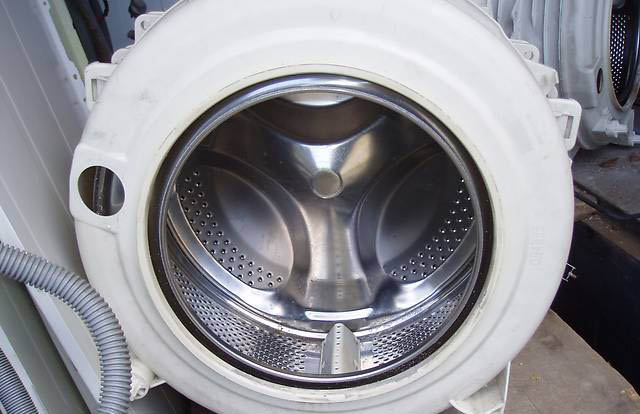
The name of the material implies a commercial version of the name of polypropylene raw materials, the characteristics of which are slightly modified by the addition of special chemical compounds.
Today, polynox is used in the manufacture of tanks for washing machines, and the raw material has already gained well-deserved popularity. There are reasons for this:
- reasonable cost;
- ease of processing;
- The manufactured elements have excellent characteristics.
Polynox is not considered the only plastic option used to make tanks. Some manufacturers use more durable and ductile carborane, however, its cost increases by one and a half times.
In the model range from Kandy, the tanks are made of silitek. In its qualities it resembles polynox.
Metal enameled version
Such tanks have long been discontinued. Distinctive features are considered to be a good level of reliability and protection from corrosion. This tank weighs quite a lot. The element is durable and does not crack during transportation and temperature changes. The tank is reliable when washing any laundry.
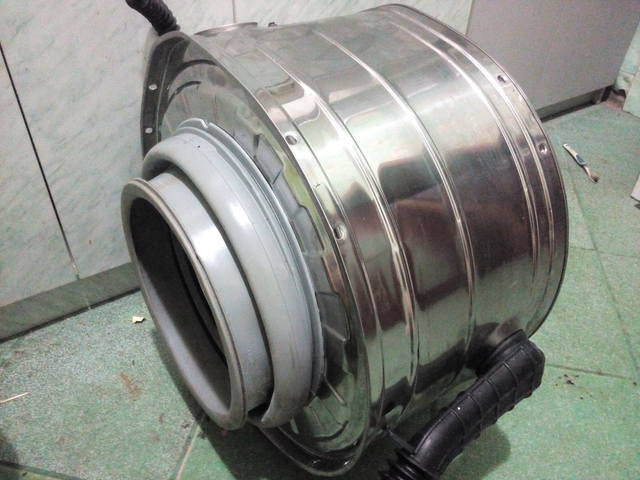
During prolonged use, chips may form due to impacts from foreign objects caught in the drum. Damaged enamel coating ceases to perform its main function, crumbles, becomes covered with rust stains and is destroyed. The tank begins to leak and needs to be completely replaced.
Today, enamel tanks are not sold separately. If your machine with such an element begins to leak, you will have to purchase a new “helper”.
Other qualities of the machine element
Before you buy a washing machine, you should find out how much laundry it can wash in one load. For a large family, it is recommended to purchase models with a load of at least six kilograms.
Often the surface of the tank is coated with a special composition that brings benefits by having a disinfecting effect on the water.
Plastic raw materials and stainless steel are popular today. Each of the materials is quite acceptable and has a long service life. Everything is clear with the advantages; for comparison, here are the negative points:
- a stainless steel tank makes more noise compared to its plastic counterpart;
- elements made from plastic raw materials are considered brittle and cannot withstand mechanical stress.
Note that plastic raw materials are gradually pushing stainless steel out of the production process. It is quite possible that such machines will soon cease to be produced. Which option is better is up to you to decide.
Cellular novelty
The honeycomb-shaped drum is considered an unusual invention by Miele, patented so timely that you won’t find anything like it in washing machines from other companies. According to the manufacturer, this model reduces electrical energy costs and is more careful with things. The complete absence of welds extends the operational life of the element.
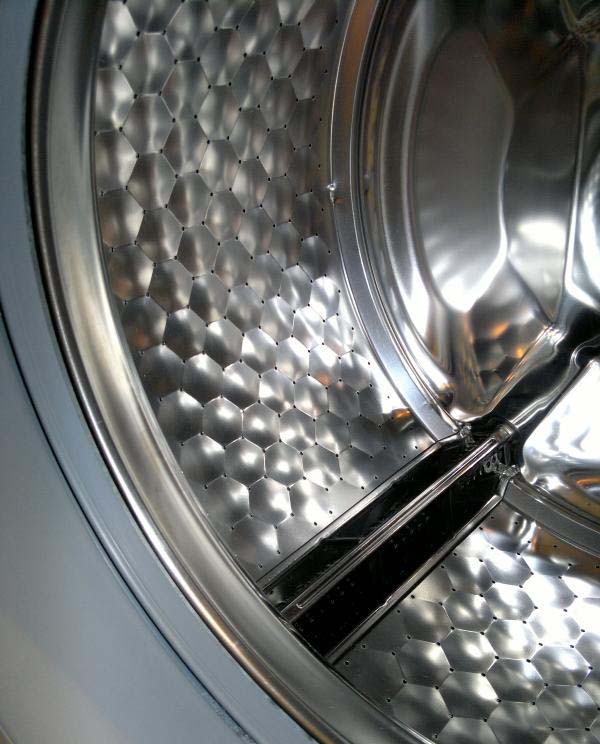
A distinctive feature is that the inner surface of the drum has hexagon-shaped holes, concave inwards. During washing, a thin film is created between the laundry and the drum, protecting the material.
Conclusion
Having studied all the features of the tanks, all that remains is to make the right choice.The main goal is long-term operation of the washing machine. To achieve this, many choose the stainless steel option, as it is more reliable and of higher quality. True, its cost is higher than other analogues, but during operation this drawback is fully justified, because such a tank can last at least a hundred years.
But polymer products do not remain without due attention. Manufacturers are constantly making improvements to give such tanks strength and improve other quality indicators. It should be noted. That the problem of brittleness has not yet been solved, and stainless steel continues to lead in this issue.






